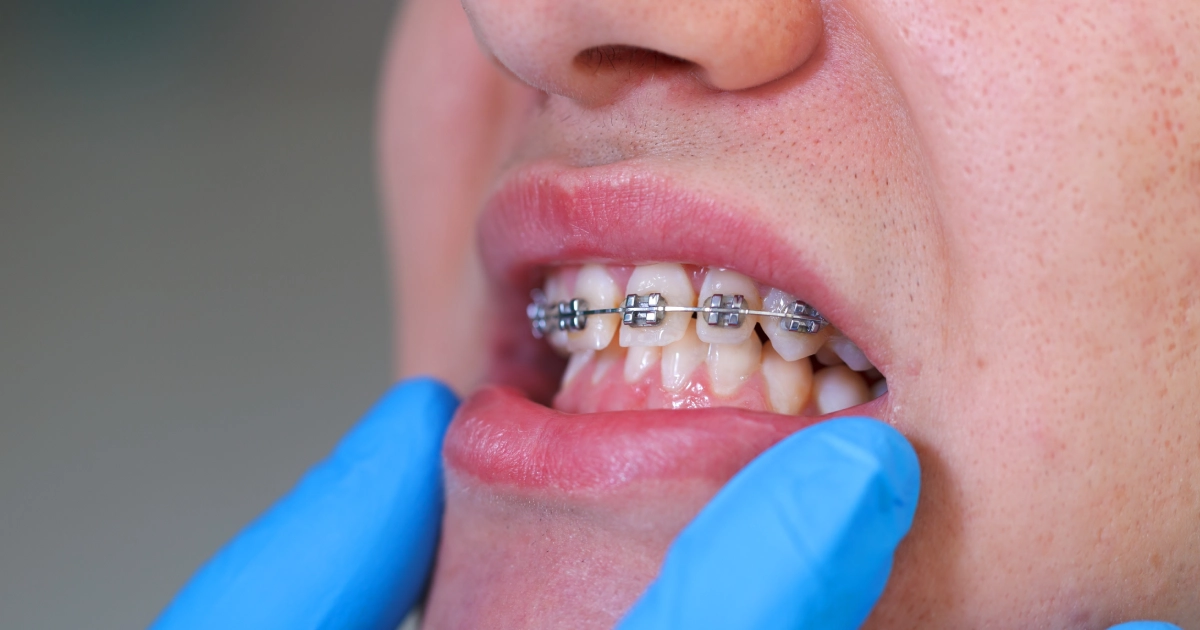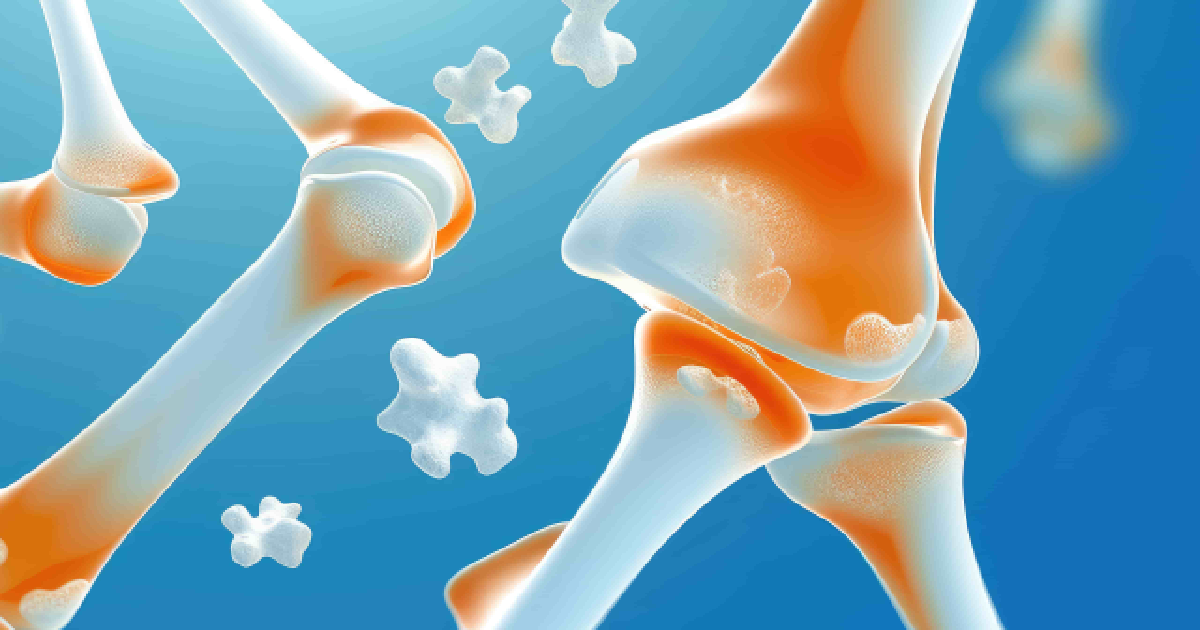Facial trauma encompasses a wide range of injuries, from broken teeth and skin cuts to more severe bone fractures and burns, often resulting from accidents or violence. These injuries are not just physically damaging; they carry a heavy emotional toll as well. The key to effective recovery lies in prompt and specialized treatment. Oral and maxillofacial surgeons play a pivotal role in this process, blending their deep knowledge with precise skill to heal the physical wounds and address the psychological impact. They craft personalized treatment plans to restore the function and appearance of the injured areas, ensuring patients can recover their quality of life.
Understanding Facial Trauma
Facial trauma is a range of injuries that can affect the face, ranging from minor abrasions and lacerations to more severe conditions such as fractures and burns. These injuries can occur through various incidents, including falls, vehicle accidents, sports injuries, or acts of violence. The impact of facial trauma isn’t confined to physical damage alone; it can also have profound emotional and psychological effects due to the face being a central part of one’s identity and how others perceive them.
Facial injuries can be categorized into three main types: soft tissue injuries, which affect the skin and gums; bone fractures, which involve the underlying skeletal structure such as the jaw, cheekbones, and nasal bones; and injuries to specific facial regions, which could impact teeth, eyes, salivary glands, or facial nerves. Each type of injury requires a tailored approach to treatment, considering not just the immediate physical repair but also long-term functionality and appearance.
The complexity of the facial structure’s intricate blend of bones, muscles, nerves, and blood vessels necessitates specialized care for effective treatment. The goal is to heal the physical wounds and preserve or restore the individual’s appearance as much as possible, which is crucial for their overall well-being and confidence.
The Role of Oral and Maxillofacial Surgeons
These specialists possess a unique combination of skills derived from both dentistry and medicine, enabling them to address a wide range of injuries—from the teeth and jaw to the entire facial structure. Their training equips them to perform complex surgeries and make nuanced decisions that balance functional recovery with cosmetic outcomes.
When dealing with facial trauma, these surgeons are tasked with more than just the physical repair of injuries. They assess the extent of damage, considering how best to restore the function of affected areas while minimizing visible scars or deformities. This dual focus is crucial because the face is not only a critical part of physical function—it’s integral to one’s identity and emotional well-being.
The treatment plan for a patient with facial trauma is highly personalized. Oral and maxillofacial surgeons evaluate factors such as the location and severity of the injury, the patient’s age, and overall health. Their approach is comprehensive, often coordinating with other specialists to ensure that every aspect of the injury is addressed. This may include collaborating with dentists, plastic surgeons, and others to achieve the best possible outcome for the patient.
Treatment Modalities for Facial Trauma
Treating facial trauma effectively involves a detailed approach tailored to the nature and severity of each injury, ensuring both functional recovery and aesthetic restoration.
Soft Tissue Injury
The treatment focuses on meticulously examining and repairing injuries to the skin and gums. This step is crucial for preventing infection and assessing the damage to deeper structures like nerves or salivary glands. Sutures are used not just to close wounds but to do so in a way that considers the final appearance, striving to minimize scarring and preserve the natural lines and features of the face.
Managing Bone Fractures
This option requires stabilizing the broken bones to allow for proper healing. Techniques such as jaw wiring or rigid fixation, where small plates and screws are used, are chosen based on the fracture’s location and complexity. These methods ensure that bones heal correctly and aim to maintain the facial structure’s integrity, which is essential for both function and appearance. The ultimate goal is to allow patients to return to normal activities with minimal impact on their daily lives and self-image.
Addressing Tooth Injuries
The approach involves collaborating with dental specialists to provide comprehensive care. Whether a tooth is displaced or knocked out, the objective is to repair or replace it to maintain the patient’s ability to chew, speak, and smile. Techniques vary from splinting and stabilizing the teeth to implantation, where lost teeth are replaced with artificial ones. This integrated approach ensures that the treatment addresses the immediate damage and the long-term health and functionality of the patient’s teeth and jaw.
The Healing Process
Initially, the focus is on managing pain, reducing swelling, and preventing infection. As treatments for injuries, such as sutures for soft tissue damage or stabilization techniques for bone fractures, are implemented, the body begins its natural healing process. This phase involves the repair of damaged tissues, gradually reducing swelling, and healing bones, which can vary in duration depending on the severity of the injuries and the individual’s overall health.
Healthcare professionals closely monitor physical recovery to ensure that healing progresses as expected. Adjustments to treatment plans may be necessary to address any complications or to optimize healing. For instance, additional surgeries might be required for reconstructive purposes or to improve functional outcomes.
Emotional recovery is an integral part of healing from facial trauma. The visible nature of facial injuries can affect self-esteem and how individuals perceive themselves. Psychological support, including counseling or therapy, may be offered to help patients cope with the emotional impact of their injuries. This support is crucial for addressing feelings of anxiety, depression, or trauma that can arise.
Patients are encouraged to engage in rehabilitation activities to restore function throughout the healing process, such as physical therapy for facial muscles or exercises to regain jaw mobility. The duration of the healing process can vary widely, with some patients experiencing a relatively quick recovery while others may face a longer road to complete rehabilitation.
Takeaway
If you or someone you know is navigating the difficult journey of recovery from facial trauma, remember that you’re not alone. Dr. McKinney at Access Oral Surgery is ready to provide expert care tailored to your unique needs. Our comprehensive approach ensures you receive the highest quality treatment for both the physical and emotional healing aspects. Don’t wait to take the first step towards restoring your health, appearance, and confidence. Book an appointment or call us today to discover how we can support you through your healing process. Your journey to recovery begins with us.




